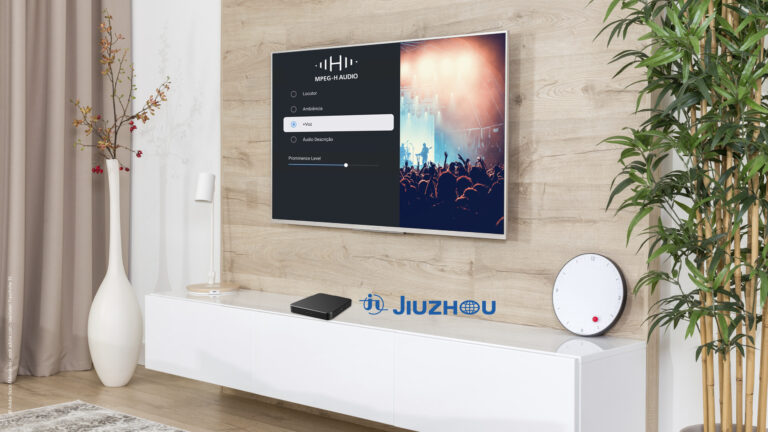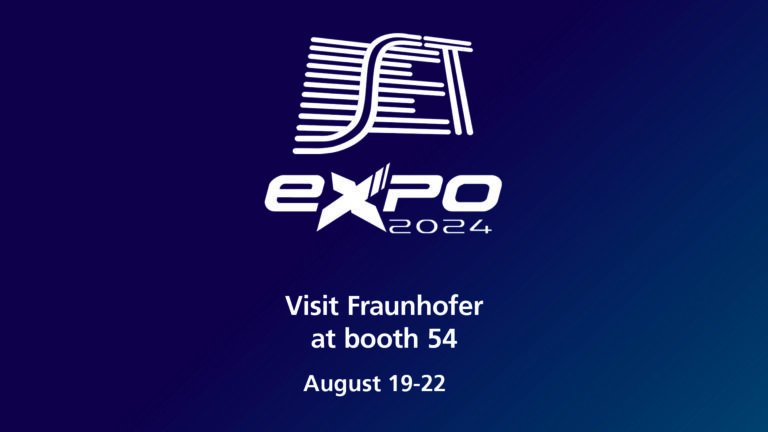The Future of Broadcast in Brazil
In Brazil, a major technological upgrade of the digital TV system is under way. The next-generation system, TV 3.0, is being developed by the SBTVD Forum. MPEG-H Audio has been selected as the sole mandatory audio system, with initial tests conducted during the 2022 World Cup in Qatar. Official broadcasts are expected to start in 2026. As a transitional step, TV 2.5 already includes MPEG-H Audio to enhance the user experience with immersive and personalized sound. Major Brazilian broadcasters, including Globo, Rede Amazônica, and TV Cultura, have partnered with Fraunhofer IIS to integrate the technology. Globo used MPEG-H Audio during the 2023 World Cup and is now broadcasting it 24/7. Rede Amazonica and TV Cultura have also launched continuous MPEG-H Audio services that make particular use of the technology’s customization options.

In April 2025, Globo launched Brazil’s first DTV+ pilot station in Rio de Janeiro, marking a major milestone. This station broadcasts experimental content using MPEG-H Audio, allowing for real-world testing and refinement. The pilot is part of a broader initiative led by the SBTVD Forum, with support from broadcasters, manufacturers, and government agencies. MPEG-H Audio was integrated into products through collaboration with Fraunhofer IIS, laying the groundwork for personalized, immersive audio in Brazil’s future TV landscape.
Latest News
MPEG-H Audio at Globo
Globo, the largest media group in Brazil, plays an important role in bringing new broadcast technologies to the market. Discover how their experts are working with MPEG-H Audio to deliver advanced personalization and accessibility options.
Globo uses MPEG-H Audio on their free-to-air commercial channels according to the SBTVD TV 2.5 standard. The media group drives the broadcast innovation in Brazil and carried out the first TV 3.0 showcase during the 2022 football tournament in Qatar.
MPEG-H Audio at Rede Amazonica
Grupo Rede Amazonica was the first broadcaster in Latin America to broadcast 24/7 with MPEG-H Audio on their Amazon Sat broadcast channel in December 2021. Their team share their experiences with the Fraunhofer technology.
After implementing MPEG-H Audio on their first channel, the broadcaster has now enabled MPEG-H Audio on their main broadcast channel to provide an enhanced audio experience to an even broader audience.
MPEG-H Audio at TV Cultura
TV Cultura has partnered with Fraunhofer IIS to evaluate the capabilities of the MPEG-H Audio system. They already enabled the system in their production workflows, emission encoders, and even opened a dedicated experience room where consumers can listen to MPEG-H Audio content and experience all benefits of the system.




